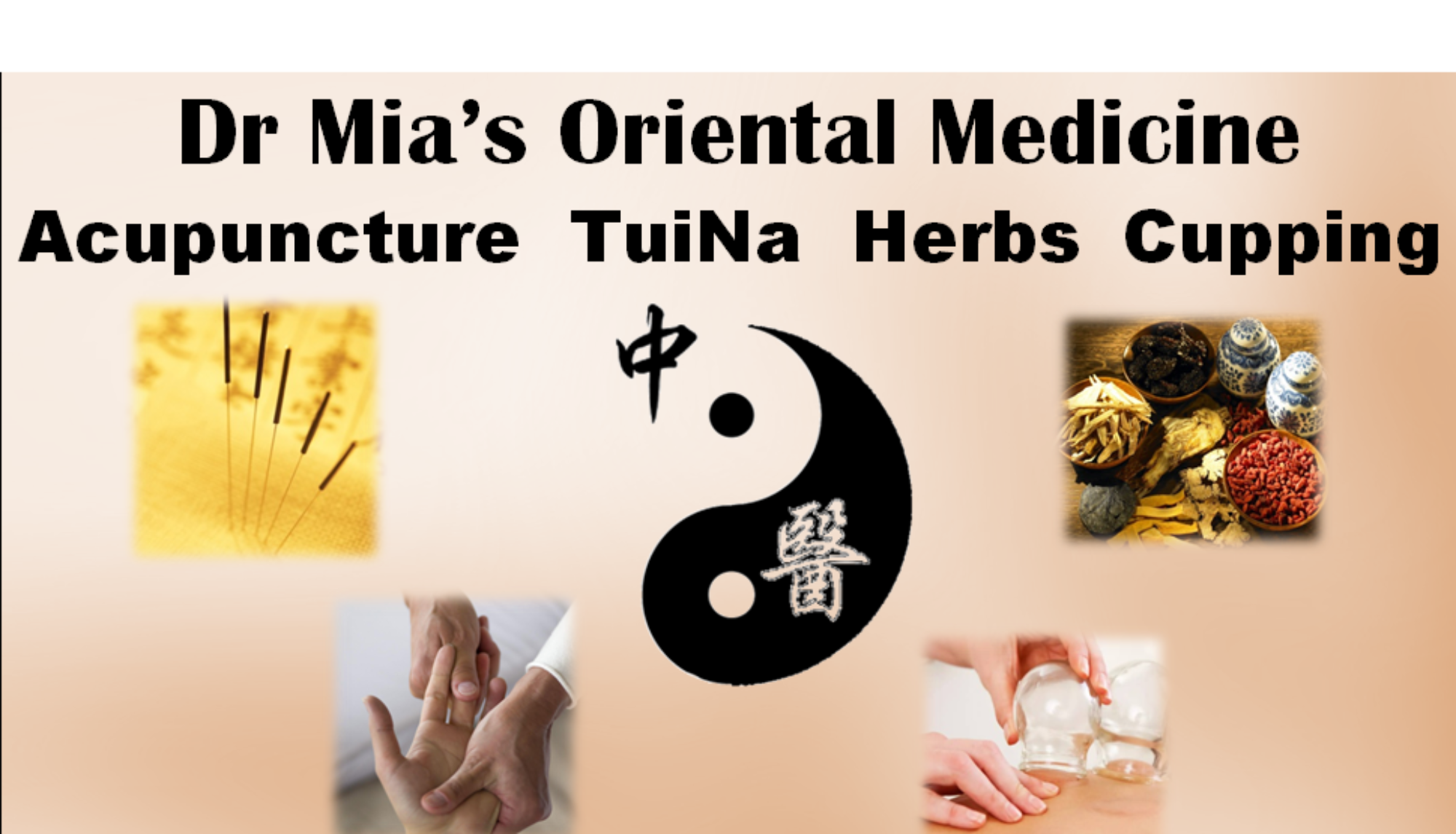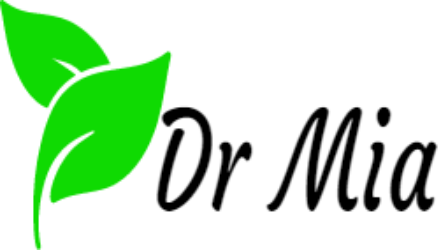Introduction to Individual Herbal Medicine in Traditional Chinese Medicine
Traditional Chinese Medicine (TCM) herbology is a system of Oriental herbal remedies with a history spanning over five thousand years. Its foundational principles began to consolidate into a structured medical system approximately three thousand years ago before spreading to neighboring regions. Traditional medical literature documents the properties of around six thousand medicinal herbs, with more than eight hundred still in active use in clinical practice today.
Oriental medical herbology is rooted in TCM’s theoretical framework, integrating natural herbal treatments derived from centuries of empirical observation, experimentation, and accumulated knowledge. Chinese ancestors refined these remedies through extensive trials and real-world applications, addressing countless diseases and health conditions over millennia.
TCM herbal medicines consist of pure, natural substances sourced primarily from plants, though some originate from minerals or animal products. Many of these herbs are familiar household ingredients, such as mint, honey, cinnamon, ginger, garlic, cilantro, barley, beans, and licorice. A significant number of common spices and flavorings also possess specific medicinal properties. Others, like rhubarb, gentian, aconite, and yellow vetch, were introduced to Europe in the 18th century as folk remedies before reaching the Americas with early settlers. More recently adopted herbs often retain names that reflect their exotic origins.
In TCM herbology, herbs are systematically categorized by their therapeutic functions, which include:
– Clearing Heat
– Resolving Toxicity
– Warming the Interior
– Draining Dampness
– Stopping Bleeding
– Dispelling Blood Stasis
– Unblocking Stagnations
– Tonifying Yin, Yang, Qi, or Blood
Concepts of Applying Individual Herbs in Traditional Chinese Medicine
In Traditional Chinese Medicine (TCM), herbs are prescribed based on their unique properties and therapeutic functions, following core principles of diagnosis and treatment. The application of individual herbs is guided by TCM theory, which considers the herb’s nature, flavor, meridian affinity, and specific actions. Below are the key concepts in applying individual herbs, along with examples of their clinical use.
#Key Concepts in Herb Application
1. Herb Properties (Nature and Flavor)
– Nature (Temperature): Herbs are classified as hot, warm, neutral, cool, or cold, determining their ability to counteract imbalances (e.g., cooling herbs for heat syndromes).
– Flavor (Taste): Pungent (disperses), sweet (tonifies), sour (astringes), bitter (clears heat/dries dampness), salty (softens hardness/purges).
2. Meridian Affinity
– Herbs have affinities for specific organ systems (e.g., licorice enters the Spleen and Lung meridians). This directs their action to targeted areas of the body.
3. Therapeutic Functions
– Herbs are selected based on their ability to address specific pathological patterns (e.g., clearing heat, resolving phlegm, tonifying Qi).
4. Dosage and Preparation
– The effect of an herb can change with dosage (e.g., small doses of **Huang Lian (Coptis)** clear heat, while large doses are more drying).
– Preparation methods (raw, processed, decocted) alter potency (e.g., raw Sheng Di Huang (Rehmannia) cools blood, while processed Shu Di Huang tonifies blood).
5. Combination with Other Herbs
– While single herbs can be used, they are often combined in formulas to enhance effects or mitigate side effects (e.g., **Gan Cao (Licorice)** harmonizes formulas and reduces toxicity).
Examples of Individual Herb Applications
1. Huang Qi (Astragalus membranaceus)
– Function: Tonifies Qi, strengthens the Spleen and Lung, raises Yang, promotes healing.
– Application: Used for fatigue, weak immunity, spontaneous sweating, or prolapsed organs (e.g., uterine prolapse).
2. Dang Gui (Angelica sinensis)
– Function: Tonifies Blood, promotes circulation, regulates menstruation.
– Application: Treats blood deficiency (pale complexion, dizziness), menstrual disorders (irregular periods, cramps).
3. Huang Lian (Coptis chinensis)
– Function: Clears heat, dries dampness, detoxifies.
– Application: Used for intense heat signs (high fever, red tongue, infections like dysentery or skin sores).
4. Ban Xia (Pinellia ternata)
– Function: Resolves phlegm, stops vomiting, disperses nodules.
– Application: For cough with thick phlegm, nausea, or thyroid/swollen lymph nodes (when combined properly).
5. Da Huang (Rhubarb root)
– Function: Purges heat and stagnation, cools blood, detoxifies.
– Application: Severe constipation (heat-type), acute infections, or trauma with blood stasis (topically in poultices).
6. Ge Gen (Pueraria lobata)
– Function: Releases the exterior, clears heat, promotes rash eruption, alleviates neck stiffness.
– Application: Early-stage colds with fever and stiff neck (like in wind-heat syndromes).
Clinical Considerations
– Contraindications: Some herbs are unsafe in certain conditions (e.g., Ma Huang (Ephedra) is avoided in hypertension).
– Patient Constitution: Herbs are tailored to individual body types (e.g., cooling herbs used cautiously in cold-deficient patients).
– Sustainability: Rare or endangered herbs (e.g., Xi Jiao (Rhinoceros Horn)) are substituted with alternatives.
By understanding these principles, practitioners can effectively apply individual herbs to restore balance and treat disease according to TCM’s holistic framework.

